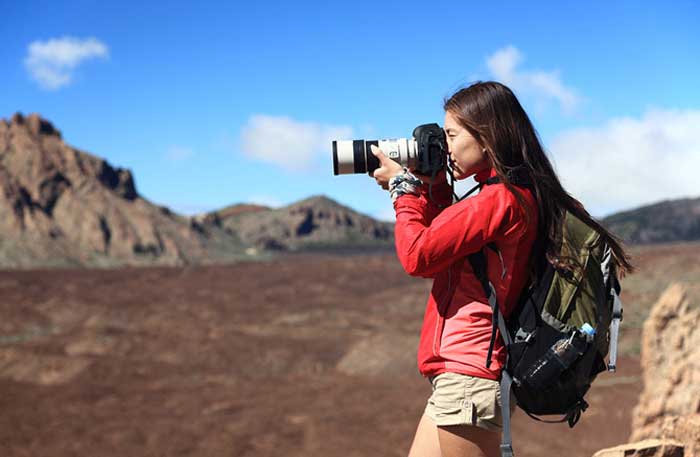Tips For Taking Great Photographs
Photography is not just about capturing a moment; it’s about crafting an image that engages the viewer and tells a compelling story, and your photographs should reflect this.
One of the key elements that can make or break a photograph is composition.
The way you arrange the various elements within the frame can greatly impact the overall impact and visual appeal of your images.
Check some of the best photographs ever out here.
Here we will delve into the art of composition and explore techniques that will help you create captivating photographs.
- Rule of Thirds:
The rule of thirds is a fundamental principle of composition. It involves dividing the frame into a grid of nine equal parts by drawing two horizontal and two vertical lines. The main subject or points of interest should be placed along these lines or at the intersections, rather than in the center. This technique adds balance, dynamism, and visual interest to your images.
- Leading Lines:
Leading lines are powerful compositional tools that guide the viewer’s eye through the photograph. They can be natural or man-made elements, such as roads, rivers, or even architectural lines. By incorporating leading lines, you create a sense of depth, movement, and a clear pathway for the viewer to follow within the frame.
- Framing Your Photographs:
Framing is a technique that uses elements within the scene to create a natural frame around the main subject. This can be achieved by shooting through a window, door, or archway, or by using branches, foliage, or other objects. Framing adds depth and context to the photograph, drawing the viewer’s attention to the subject while creating a visually appealing composition.
- Symmetry and Patterns:
Symmetry and patterns can create a sense of harmony and visual impact in your photographs. Look for scenes with symmetrical elements, such as reflections in water or buildings with balanced architectural designs. Patterns, whether natural or man-made, such as repetitive shapes or textures, can add a dynamic element to your composition.
- Negative Space:
Negative space refers to the empty or unoccupied areas around the main subject. It provides breathing room and emphasizes the subject by drawing attention to it. The effective use of negative space can evoke a sense of simplicity, minimalism, and focus, allowing the subject to stand out and become more impactful.
- Point of View:
Experimenting with different angles and perspectives can dramatically alter the composition and visual impact of your photographs.
Instead of always shooting at eye level, try shooting from a low or high angle to add depth and uniqueness to your images.
Changing your point of view can reveal new details, alter the relationship between the subject and the background, and offer fresh and compelling compositions.
Have a look a some of our own advert shots here that demonstrate the above techniques – we strive for the best every time.
Likewise, mastering composition is an essential skill for any photographer seeking to create captivating and visually appealing images.
By understanding and applying techniques such as the rule of thirds, leading lines, framing, symmetry, negative space, and exploring different points of view, you can elevate your photography to new heights.
Remember, composition is not a strict set of rules, but rather a set of guidelines that can be creatively interpreted and adapted to suit your vision and subject matter.
So grab your camera, explore different compositions, and let your creativity flow to capture stunning photographs that tell stories and captivate viewers.

